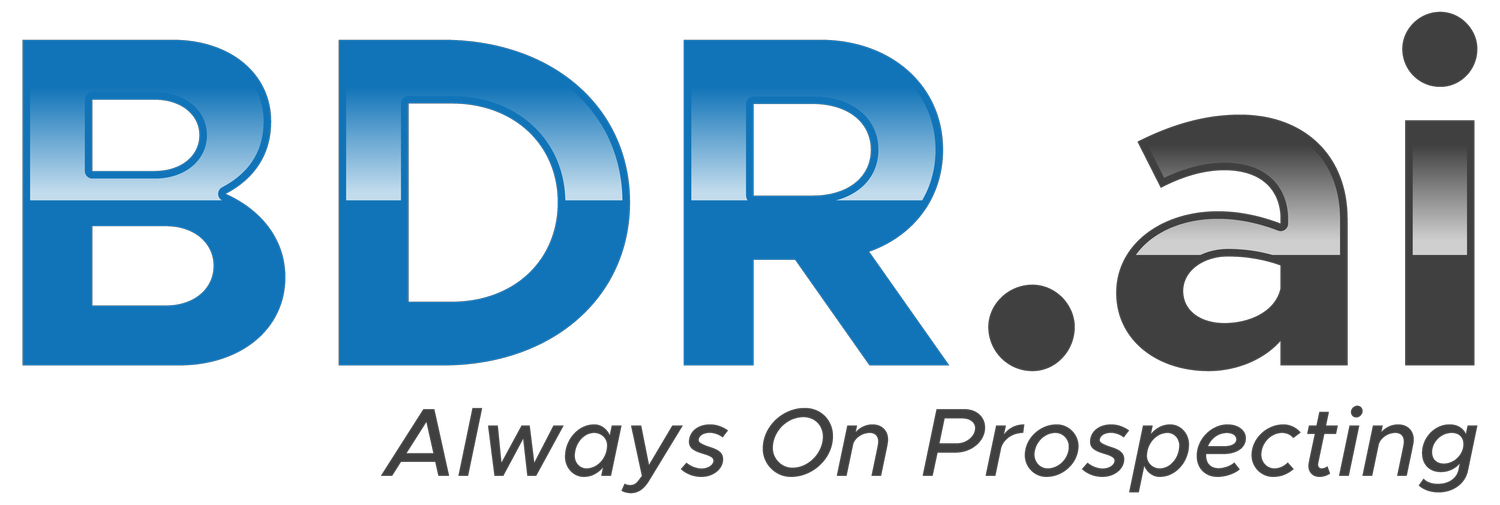LinkedIn First vs. Email First
In today's digital age, there are many ways to reach out to potential clients or customers. Two popular methods are LinkedIn and email prospecting. While both methods can be effective, there are distinct differences in the approach and the results they can yield. In this blog post, we'll compare the two strategies and examine their pros and cons.
LinkedIn First Prospecting Strategy
LinkedIn is a professional networking platform that can be an excellent resource for finding potential clients. The platform allows you to search for people based on job titles, companies, locations, and more. When using LinkedIn for prospecting, you can reach out to potential clients in a few different ways:
InMail: InMail is LinkedIn's messaging system that allows you to send a direct message to someone who is not in your network. This feature can be useful for reaching out to people who you don't have a direct connection with.
Connection Request: You can also send a connection request to someone on LinkedIn. This method is best used when you have a mutual connection or have interacted with the person in some way (e.g., commenting on a post).
Post Engagement: You can engage with someone's post or content on LinkedIn, which can lead to them checking out your profile and potentially reaching out to you.
Pros:
LinkedIn allows you to target specific job titles, companies, and locations, making it easier to find your ideal clients.
InMail allows you to send a direct message to someone without a mutual connection, which can be useful for reaching out to cold prospects.
You can showcase your expertise and thought leadership by sharing content on the platform.
Cons:
InMail can be expensive, and there's no guarantee that the person will respond to your message.
The competition on LinkedIn can be high, and it can be challenging to stand out in a sea of messages and connection requests.
LinkedIn is primarily a platform for professionals, so it may not be the best option if you're targeting consumers.
Email First Prospecting Strategy
Email prospecting has been around for a long time and is still a popular method for reaching out to potential clients. With email prospecting, you can send a personalized email to someone, introducing yourself and your business. Here are a few tips for effective email prospecting:
Personalize your email: Address the person by name and include details that show you've done your research.
Keep it short and sweet: Your email should be no longer than a few paragraphs. Get to the point quickly, and make it clear what you're offering.
Follow up: If you don't get a response, follow up with a second email a week or two later.
Pros:
Email is a low-cost option that can be highly effective when done right.
You can personalize your email and tailor it to the specific person you're reaching out to.
You can easily track your email open rates and click-through rates, allowing you to measure the effectiveness of your outreach.
Cons:
People are inundated with emails every day, so it can be challenging to stand out in their inbox.
Email can be seen as impersonal, and some people may be wary of opening emails from unknown senders.
Spam filters can prevent your email from reaching the recipient's inbox.
Which Approach Should You Use?
The answer depends on your business and your target audience. If you're targeting professionals, LinkedIn may be the better option, as it allows you to target specific job titles and industries. If you're targeting consumers or small businesses, email prospecting may be more effective.
However, it's worth noting that both approaches can be effective when done right. Personalization and relevance are key, no matter which method you choose. Take the time to research your target audience and tailor your outreach

